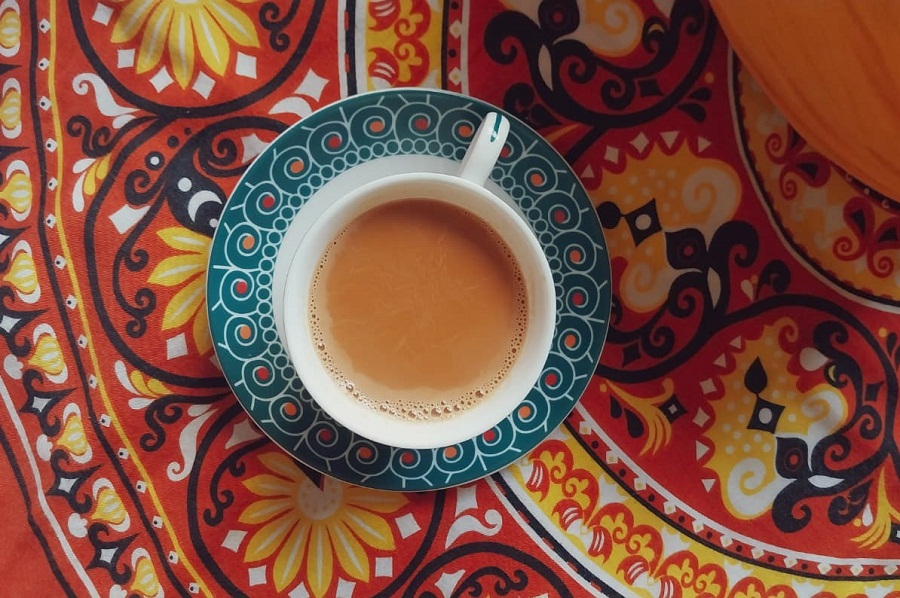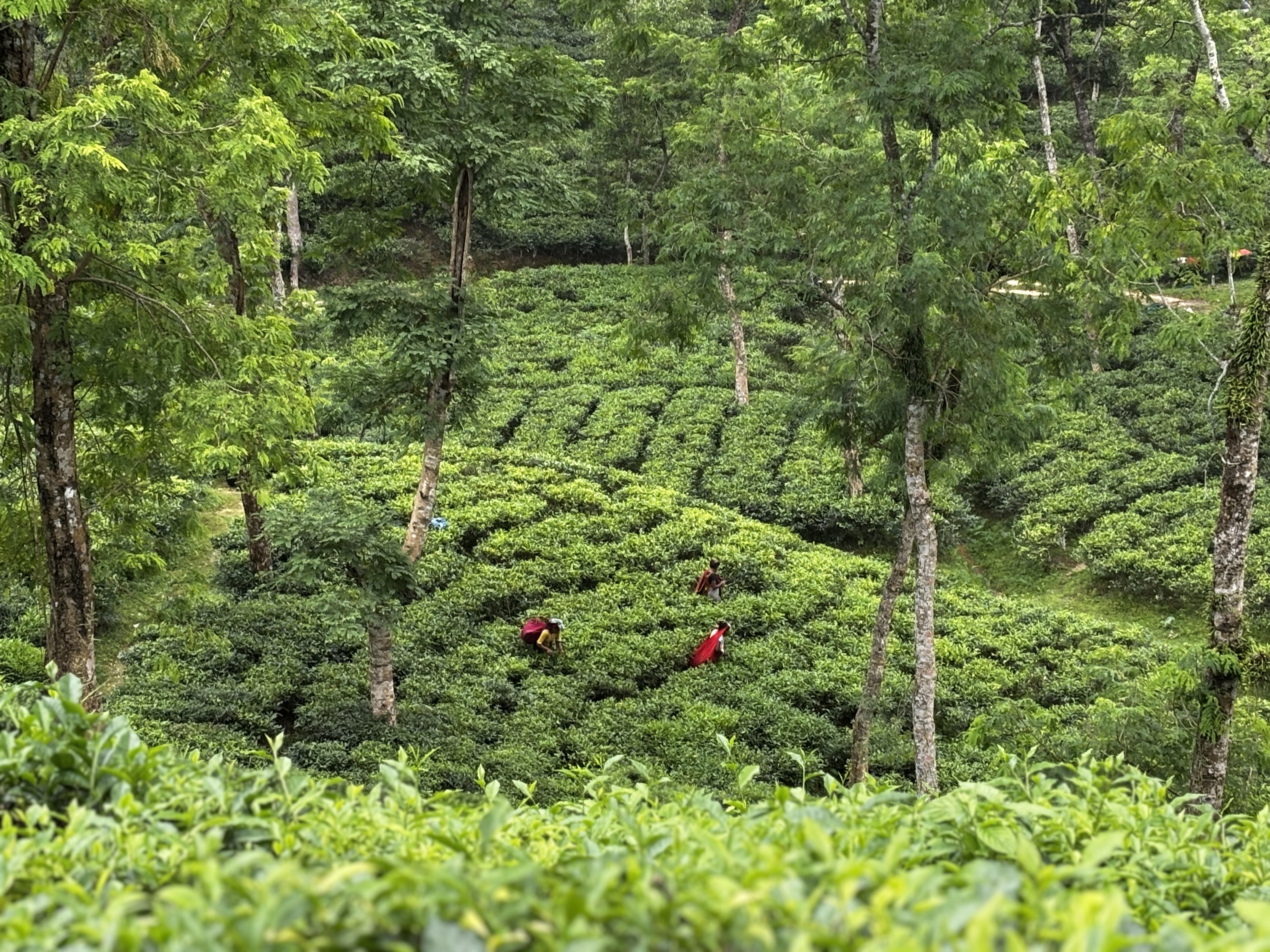
Published :
Updated :

If you hold a cup of tea in your hand, you may not realise you are sipping on centuries of history and culture. From ancient emperors to modern cafes, tea has travelled across borders and time. In Bangladesh, the word cha is part of everyday life. The morning often begins with tea, and the evening brings people together over another cup.
Across the world, tea has taken on many roles. In Japan, it is tied to formal ceremonies. In Britain, it is part of the afternoon table. In Bangladesh, the roadside tong serves as a local meeting spot, where discussions cover topics from sports to politics.
The story begins in ancient China, nearly 5,000 years ago. Legend tells us that in 2737 B.C.E., Emperor Shen Nung accidentally discovered tea.While boiling water in his garden, a leaf from a nearby tree fell into the pot. He drank the infused water and found it pleasing. The plant was Camellia sinensis, and the brew made from its leaves became what we now know as tea.
From China, tea crossed oceans and mountains. In India, tales speak of Prince Bodhi-Dharma, the founder of Zen Buddhism. He cut off his eyelids during meditation to stay awake, and tea plants grew where they fell.
Tea had reached Japan in the 9th century. Monk Saicho brought seeds from China. Its popularity grew centuries later through the Zen monk Eisai. He promoted powdered green tea known as matcha. Over time, different regions developed their ways of cultivating and preparing tea, giving rise to the diverse styles we know today.

Tea arrived in Bengal during the British rule in the 19th century. They chose Sylhet and Chittagong for their land and weather. The first tea estate was established in 1854 at Malnicherra in Sylhet. Soon, Sylhet became the heart of the industry. Srimangal rose as the tea capital of Bangladesh. Today, Sylhet’s estates remain vital for national production.
Later in Bangladesh, tea took on a new life. Introduced through colonial trade, it eventually became a part of our everyday life. Today, cha is everywhere, from roadside stalls(tong) to drawing rooms. Whether during the summer heat or the freezing winter, tea remains inseparable from our culture.
The plant took different forms around the world. Green tea kept its fresh leaves. Black tea darkened through oxidation and spread across South Asia and Britain. Oolong found its place in China and Taiwan. Other drinks like hibiscus and chamomile were called teas, even though they came from different plants.
Regions added their flavours to tea. In Morocco, tea is mixed with mint. In Tibet, it is combined with butter and salt. In India, Assam and Darjeeling gained worldwide fame, while Masala Chai, a tea blended with spices, gained popularity. In Bangladesh, black tea from Sylhet became common, often boiled with milk.
Once, tea in Bangladesh meant standing at a roadside stall with a cup in hand. Now, you can find tea in fancy lounges and cafes—a variety of teas served in elegant cups, along with comfortable chairs and soothing music.
Cafes are popping up in almost every corner in big cities like Dhaka and Chittagong. They offer different tastes and types. Black tea, green tea, and iced tea, are in demand. Some also serve boba tea and matcha drinks. Younger people often prefer fruit-based teas like lemon, peach, or passionfruit.
Local tea stalls have also expanded their options. They sell not only milk tea but also malta cha, morich cha, tetul cha, and even oporajita cha. This change highlights the growth of the tea industry. People still love their tea, but they now have many more ways to enjoy it.
Tea began as a leaf in China. It spread through trade and empire. Today, it is both global and local. From matcha in Tokyo to the dudh cha in Dhaka, tea continues to change. Today, whether in a stall on a busy road or a cafe with glass walls, tea continues its story.
malihatasnim02215@gmail.com


 For all latest news, follow The Financial Express Google News channel.
For all latest news, follow The Financial Express Google News channel.